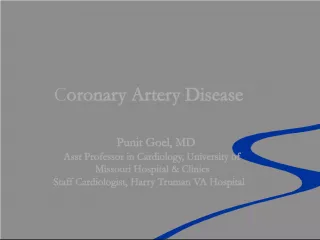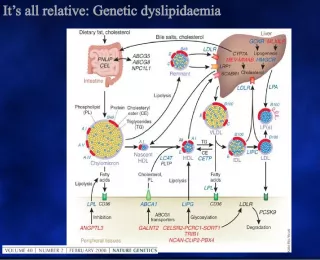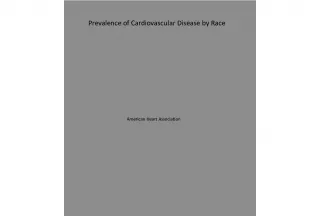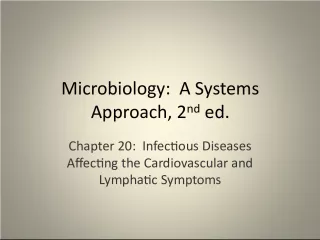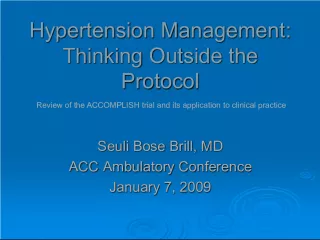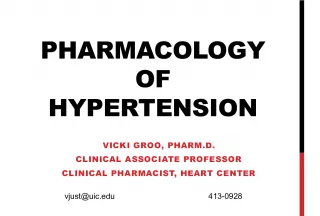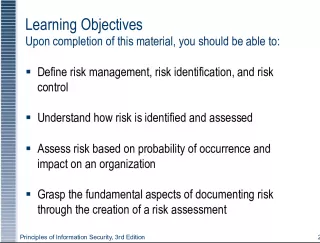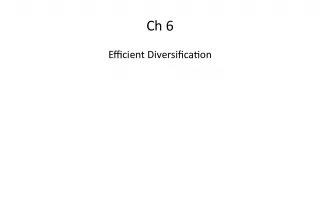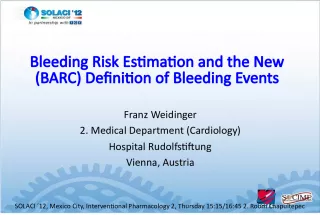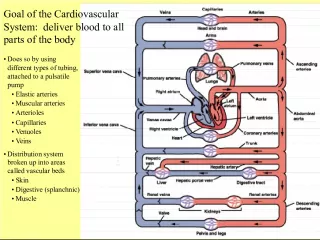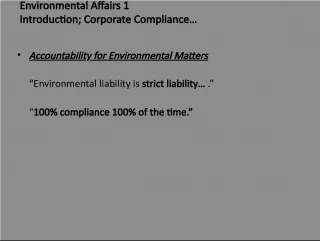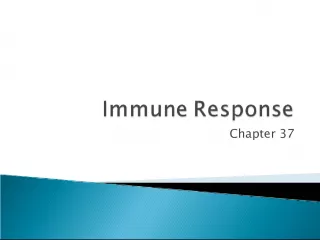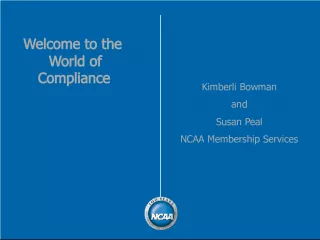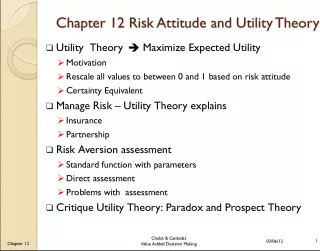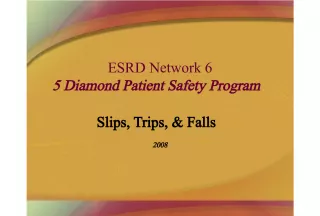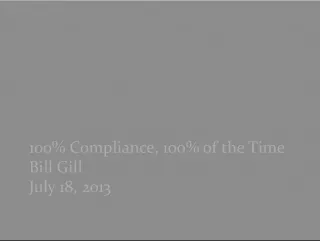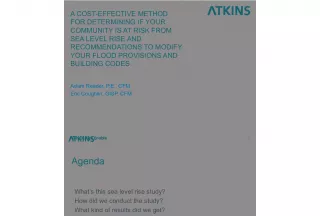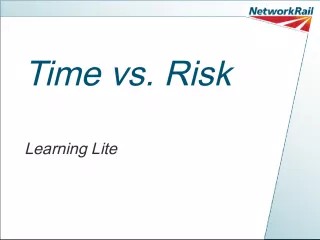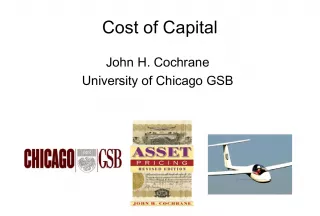Hypertension and Patient Compliance in Cardiovascular Disease Risk


This article discusses how patient compliance plays a crucial role in the successful treatment of hypertension in cardiovascular disease risk patients. It highlights the challenges of managing patients with multiple chronic conditions and the impact of high pill burden on adherence. Case studies and effective treatments are also presented.
- Uploaded on | 0 Views
-
 krystal
krystal
About Hypertension and Patient Compliance in Cardiovascular Disease Risk
PowerPoint presentation about 'Hypertension and Patient Compliance in Cardiovascular Disease Risk'. This presentation describes the topic on This article discusses how patient compliance plays a crucial role in the successful treatment of hypertension in cardiovascular disease risk patients. It highlights the challenges of managing patients with multiple chronic conditions and the impact of high pill burden on adherence. Case studies and effective treatments are also presented.. The key topics included in this slideshow are hypertension, patient compliance, cardiovascular disease, pill burden, patient management,. Download this presentation absolutely free.
Presentation Transcript
1. Hypertension in patients at risk of cardiovascular disease: The key role of patient compliance Massimo Volpe, MD, FAHA, FESC University of Rome La Sapienza Rome, Italy Relevant disclosure of interest: Consultant to Daiichi Sankyo and the Menarini group
2. Hypertension in patients at risk of cardiovascular disease Case studies show how patients with multiple chronic conditions often require a high pill burden which can affect compliance Patient management remains a challenge Patient adherence has a big impact on the success of treatment For patients at CV risk, adherence is especially important: Higher risk greater need to reduce and control BP Concomitant diseases more treatments, more pills Drugs dont work if people dont take them (Former US Surgeon General C. Everett Koop) Effective treatments, including combinations, are now available
3. Factors behind poor BP control in hypertension Poor adherence to prescribed therapy Physician inertia Poor physician-patient communication Insufficient use of combination therapy Poor control of lifestyle measures (e.g. dietary habits, physical inactivity, smoking) Lack of practical and simple guidelines for management of hypertension Volpe. Expert Rev CV Therapy 2010 Jun;8:81120
4. For patients, adherence is complex and is influenced by several factors Miller et al. J Clin Hypertens (Greenwich) . 2010;12:328-34. Okken et al. Neth Heart J 2008;16:197-200. Nabi et al. J Hypertens 2008;26:2236-43. Barrier et al. Mayo Clin Proc 2003;78:211-4. Betancourt et al. Curr Hypertens Rep 1999;1:482-8. Hassan et al. J Hum Hypertens 2006;20:23-9. Wang et al. J Gen Intern Med 2002;17:504-11. Adherence Adherence Depression Younger age Poor patient satisfaction Medication barriers Health beliefs Motivation Lack of sense of guilt, regret and shame Type and delivery of educational materials
5. Adherence/compliance in hypertensive patients typically falls over time Vrijens B et al. BMJ 2008;336:1114-7
6. Good adherence with antihypertensive therapy significantly improves BP control P atients with BP control* (%) Level of adherence 0 10 50 30 20 High (80%) Medium (5079%) Low (<50%) 43 34 33 Odds ratio = 1.45 p=0.026 (controlling for age, gender and comorbidities) 40 BP goal: <140/90 mmHg (or <130/85 mmHg in patients with diabetes) Bramley et al. J Manag Care Pharm 2006;12:23945
7. Good adherence is widely acknowledged to be important for better BP control International guidelines point out that: adherence is a major factor in BP control improving adherence clearly has the potential to improve patients clinical outcomes monitoring patients adherence is an important clinical parameter World Health Organization. 2003. http://www.who.int/chp/knowledge/publications/adherence_introduction.pdf . Hill MN et al. J Clin Hypertens 2011;12:757-64.
8. There is a higher risk of first-ever acute CV events* in patients with low adherence Adherence within 6 months after diagnosis *Estimated by Cox proportional-hazards models, PDC: proportion of days covered Mazzaglia G et al. Circulation 2009;120:1598-605. Low (PDC <40%) High (PDC 80%) 0.87 (0.73 1.03) 0.50 (0.35 0.69) Risk of first acute CV event (hazard ratio) 1.00 Medium (PDC 4079%)
9. Good adherence is associated with lower risk of CHF, CAD and cerebrovascular events Compared with patients with low (<80%) adherence, those with high (80%) adherence showed Adherence calculated using medication possession ratio: total number of days supply of dispensed medication divided by duration of follow up Relative risk of CHF -11% (RR: 0.89; CI 0.800.99) 1 Relative risk of CAD -10% (RR: 0.90; CI 0.840.95) 2 Relative risk of CD -22% (RR: 0.78; CI 0.700.87) 3 1. Perreault et al. J Intern Med 2009;266:207-18 2. Perreault et al. Br J Clin Pharmacol 2010;69:74-84 3. Kettani et al. Stroke 2009;40:213-20
10. 242,594 patients newly treated for hypertension during 2000-2001 No history of cardiovascular (CV) disease Mean follow-up: 6 years Analysis of hospitalisation for coronary or cerebrovascular disease Persistence with antihypertensive treatment significantly reduces long-term CV risk C hange in CV risk (hazard ratio) RR: (95% CI 34-40%, p<0.0001) 37% 0% 25% 50% Continued use of therapy Corrao et al. J Hypertens 2011;29:610-8
11. Factors behind poor BP control in hypertension Poor adherence to prescribed therapy Physician inertia Poor physician-patient communication Insufficient use of combination therapy Poor control of lifestyle measures (e.g. dietary habits, physical inactivity, smoking) Lack of practical and simple guidelines for management of hypertension Volpe. Expert Rev CV Therapy 2010 Jun;8:81120
12. Yes, decided to modify therapy No modification of therapy Clinical inertia is another major factor that influences BP control 42.4% After 1 year, less than 50% of physicians decided to modify therapy even when BP control was not achieved The REassessment of Antihypertensive Chronic Therapy (REACT) study: large observational (n=1482) assessment of hypertension management in Italy patients managed in the same clinic on stable antihypertensive treatment for 1 year Proportion of physicians who decided to modify therapy in patients with uncontrolled BP 57.6% Volpe et al High Blood Press Cardiovasc Prev 2004; 11:17585
13. The S upporting H ypertension A wareness and R esearch E urope-wide (SHARE) survey Anonymous* survey to assess challenges that European physicians face when trying to get patients to BP goal May to December 2009 45 questions on several topics: factors that influence treatment choices opinions on different therapeutic approaches familiarity with and opinions about treatment guidelines and acceptable BP levels in hypertensive patients *Physicians could input contact details at the end BP goal (<140/90 mmHg, <130/80 mmHg for patients with co-morbidities or high CV risk) Redon et al J Hypertens 2011;29:163340
14. SHARE: physicians may lack confidence in measurements, or hesitate to reduce high SBP BP level that physicians are satisfied with (mean = 131.6 mmHg) BP level that physicians are concerned about (mean = 148.8 mmHg) 140 BP level at which physicians take immediate action (mean = 168.2 mmHg) Redon et al J Hypertens 2011;29:163340
15. Factors behind poor BP control in hypertension Poor adherence to prescribed therapy Physician inertia Poor physician-patient communication Insufficient use of combination therapy Poor control of lifestyle measures (e.g. dietary habits, physical inactivity, smoking) Lack of practical and simple guidelines for management of hypertension Volpe. Expert Rev CV Therapy 2010 Jun;8:81120
16. Ways to improve adherence/compliance Doctor-patient communication often appears inadequate, especially in general practice, and should be encouraged 1 Pill burden can be reduced by fixed-dose combination (FDC) therapy 2 Complicated treatment regimens contribute to poor compliance 3 Treatment simplification is a straightforward way to improve compliance 1. Volpe. High Blood Press Cardiovasc Prev 2008; 15: 63-73 2. Redon et al. J Hypertens Suppl 2008;26:S1 14 3. Burnier et al. Int J Clin Pract 2009;63:7908
17. Physicians and patients can improve BP control and CV protection by working together A positive, optimistic, motivated perception of hypertension and its management was associated with higher probability of having controlled BP and lower SBP measures in patients P for trend = 0.01 Poorly motivated Slightly motivated Intermediate Motivated Highly motivated 31.7% 32.2% 32.2% 35.3% 41.7% French cross-sectional, observational study 2022 hypertensive patients followed by 347 general practitioners & 210 cardiologists Consoli et al. J Hypertens 2010;28:1330 9
18. Factors behind poor BP control in hypertension Poor adherence to prescribed therapy Physician inertia Poor physician-patient communication Insufficient use of combination therapy Poor control of additional risk factors (e.g. obesity, physical inactivity, smoking) Lack of practical and simple guidelines for management of hypertension Volpe. Expert Rev CV Therapy 2010 Jun;8:81120
19. Use of antihypertensive polytherapy among all hypertension visits in which a drug was reportedly prescribed Percentage of antihypertensive drug visits 0 10 20 30 40 50 60 70 Diuretic -BB Diuretic -ACEI/ARB Diuretic -CCB BB-CCB ACEI/ARB -CCB ACEI/ARB -BB Any combination Antihypertensive drug combinations 1993 1998 2004 3 classes 2 classes Ma J et al. Hypertension 2006;48:846-852
20. Combination therapy gives the increased efficacy that many patients need to achieve BP control Doubling the dose of one drug (from standard to twice standard dose) Incremental SBP reduction ratio of observed to expected additive effects 1.0 0.8 0.6 0.4 0.2 0 1.2 1.4 Thiazide Beta blocker ACEI CCB All classes Adding a drug from another class ACEI, angiotensin-converting enzyme inhibitor; CCB, calcium channel blocker 0.19 0.23 0.20 0.37 1.04 1.00 0.89 1.01 0.22 1.16 Wald et al. Am J Med 2009;122:290 300
21. Some patients need to combine more than two drugs to achieve BP control ..in no less than 1520% of hypertensive patients , BP control cannot be achieved by a two-drug combination. 1 This is reflective of many patients in a clinical setting requiring more than two drugs When three drugs are required , the most rational combination appears to be a blocker of the renin angiotensin system, a calcium antagonist, and a thiazide diuretic at low doses Mancia et al. J Hypertens 2009;27:2121 58
22. One drug Two drugs Three drugs Reduction in SBP (mmHg) Adding a third drug further increases efficacy of combination therapy Law et al. BMJ 2009;338:b1665
23. + + AML AML Guidelines recommend single-pill fixed-dose combinations (FDCs) Whenever possible, fixed dose (or single pill) combinations should be preferred, because simplification of treatment carries advantages for compliance to treatment This new therapeutic option can improve hypertension treatment outcomes HCTZ HCTZ + + + + AML AML AML AML ARB ARB ARB ARB
24. Poor adherence and clinical inertia contribute to low BP control rates Physician/ patient communication can improve BP control Good adherence lowers BP and significantly reduces the risk of cardiac & cerebrovascular events Single pill combination therapy may increase adherence in hypertension Summary
25. Summary and perspectives We have the opportunity to challenge the position of cardiovascular disease as Europes Number One Killer BP control rates must improve and making greater use of combination therapy is central to achieving this goal Lack of adherence has a major negative impact on BP control but can be addressed Fixed dose combinations like those based upon olmesartan give us the chance to improve adherence and BP control and should allow us to aim for far higher BP goal rates than at present
26. 70% Objective New Mission of the Societ Italiana dellIpertensione Arteriosa (SIIA) 2012 - 2015 Volpe M. High Blood Press Cardiovasc Prev 2012;19(1): in press
